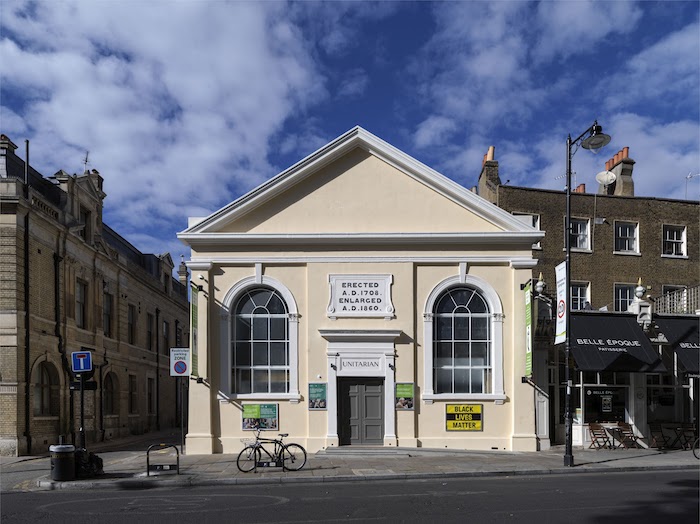
This week, Historic England has revealed the historic sites most at risk of being lost forever as a result of neglect, decay or inappropriate development, by publishing the 2020 Heritage at Risk Register. The register provides an annual snapshot of the critical health of England’s most valued historic places, including buildings, places of worship, monuments, parks and gardens, conservation areas, battlefields and wreck sites that are listed and have been assessed and found to be at risk of being lost.
216 entries have been added to this year’s Register, taking the current total to 5097. Amongst the 2020 additions are The Ragged School Museum in London’s Tower Hamlets, originally The Mile End Ragged School opened in 1877 by Dr Barnardo to provide a basic education for poor children in London’s East End; Dudley Castle in the West Midlands, visited by Elizabeth I and considered as a potential residence for the imprisoned Mary, Queen of Scots, and Grade I listed Plume Library in Essex, one of the oldest public libraries in England containing over 7,000 volumes, mostly from the 16th and 17th centuries.
Also good news that, over the last year, 181 historic buildings and sites have been saved thanks to the determination of local communities, charities, owners, local councils and Historic England. Examples include Kirby Bank Trod, an 800 year old footpath in North Yorkshire, once used by Cistercian monks to transport goods which has been saved by a local history group; the Newington Green Meeting House in London where Mary Wollstonecraft, the ‘Mother of Feminism’, worshipped has been restored, thanks in large part, to the congregation’s dedication, and Cadbury Castle, the lush hillfort in Somerset which is thought to be King Arthur’s ‘lost Camelot’ has been restored thanks to essential partnership working.
Over the past year, Historic England has spent nearly £8.96 million in grants to help some of the country’s best loved and most important historic sites on the Heritage at Risk Register.
Duncan Wilson, Chief Executive Historic England, speaking about this year’s Heritage at Risk Register, said; “It is the varied tapestry of our historic places that helps us define who we are. In testing times such as these, heritage can give us a sense of continuity and bring us solace. We also know that investing in historic places can help boost our economic recovery. The 181 places rescued from the register this year show us that good progress is being made, but there is still a long way to go. Many more historic buildings and places need caring for, financial support, strong partnership working and community engagement to give them a brighter future.”
At Smith Greenfield, we are experts in insuring heritage properties, museums and collections. If you would like to discuss specialist insurance for your historic building or organisation, please contact Steve Smith steve.smith@smithgreenfield.co.uk or telephone 020 8603 3730.
Photo: Newington Green Meeting House, Hackney. © Historic England Archive

